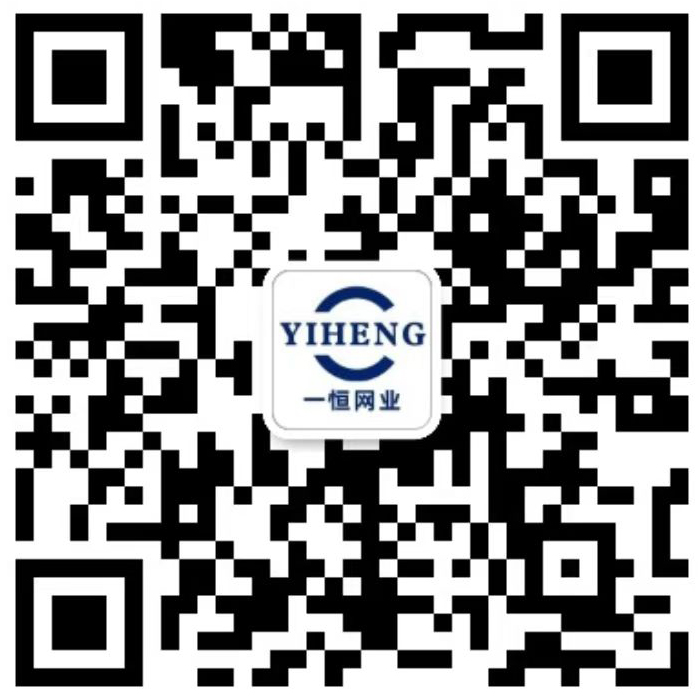Bi-Component Non-Woven Equipment Polyester Conveyor Belt
Introduction
In the modern manufacturing landscape, the use of advanced materials and equipment is crucial for efficiency and quality. One such innovation is the bi-component non-woven polyester conveyor belt. These belts are vital in various industries, providing durability and reliability. In this article, we’ll explore the ins and outs of bi-component non-woven polyester conveyor belts, including their design, benefits, and applications.
Understanding Non-Woven Fabrics
What are Non-Woven Fabrics?
Non-woven fabrics are materials made from staple fiber (short) and long fibers, bonded together by chemical, mechanical, heat, or solvent treatment. Unlike traditional fabrics, they are not woven or knitted.
Types of Non-Woven Fabrics
Non-woven fabrics come in various forms, such as spunbond, meltblown, and spunlace. Each type has distinct properties suitable for different applications.
Bi-Component Non-Woven Fabrics
Definition and Characteristics
Bi-component non-woven fabrics consist of two different polymer components. These materials are engineered to combine the best properties of both components, offering enhanced performance.
Advantages of Bi-Component Non-Woven Fabrics
The primary advantages include improved strength, flexibility, and functionality. They can be designed to meet specific requirements, making them ideal for specialized applications.
Polyester in Non-Woven Fabrics
Properties of Polyester
Polyester is a synthetic polymer known for its durability, resistance to shrinking and stretching, and quick-drying properties. It is widely used in textiles and industrial applications.
Why Polyester is Preferred
Polyester’s robustness and adaptability make it a preferred material in non-woven fabrics, particularly for applications requiring high strength and stability.
The Role of Conveyor Belts in Manufacturing
Functionality of Conveyor Belts
Conveyor belts are essential in manufacturing, providing a continuous flow of materials through different stages of production. They increase efficiency and reduce manual labor.
Types of Conveyor Belts
There are various types of conveyor belts, including flat belts, modular belts, and timing belts, each designed for specific tasks and environments.
Polyester Conveyor Belts
Features of Polyester Conveyor Belts
Polyester conveyor belts are known for their high tensile strength, resistance to abrasion, and ability to withstand harsh conditions. They are also lightweight and cost-effective.
Applications in Various Industries
These belts are used in industries such as food processing, packaging, textiles, and logistics, where they handle a range of products from delicate items to heavy loads.
Bi-Component Polyester Conveyor Belts
Structure and Design
Bi-component polyester conveyor belts are engineered with two layers of different polyester materials. This design enhances their strength, flexibility, and resistance to wear and tear.
Benefits of Using Bi-Component Polyester Conveyor Belts
The main benefits include improved longevity, better performance under stress, and reduced maintenance needs. They are ideal for demanding industrial applications.
Equipment Used in Manufacturing Bi-Component Non-Woven Polyester Conveyor Belts
Key Machinery and Tools
The manufacturing process involves advanced machinery such as extruders, calenders, and laminators. These machines ensure precision and consistency in production.
Technological Innovations
Recent innovations include automated quality control systems and eco-friendly production methods, which improve efficiency and reduce environmental impact.
Manufacturing Process of Bi-Component Non-Woven Polyester Conveyor Belts
Step-by-Step Process
Material Preparation: Selection and preparation of polyester materials.
Extrusion: Creating fibers from polyester polymers.
Bonding: Combining fibers using heat, pressure, or adhesives.
Calendering: Flattening and smoothing the fabric.
Cutting and Finishing: Cutting the fabric into desired shapes and adding any final touches.
Quality Control Measures
Strict quality control ensures that the belts meet industry standards. This includes regular inspections and testing for strength, durability, and performance.
Applications of Bi-Component Non-Woven Polyester Conveyor Belts
Industrial Applications
Used in manufacturing, automotive, and heavy machinery industries for transporting materials and products efficiently.
Medical and Hygiene Applications
Utilized in the production of medical supplies, hygiene products, and protective clothing due to their sterility and strength.
Agricultural Applications
Helpful in farming for transporting crops and other materials, ensuring efficiency and reducing labor costs.
Environmental Impact
Sustainability of Polyester
While polyester is a synthetic material, efforts are being made to recycle and reuse polyester products, reducing environmental footprint.
Eco-Friendly Innovations
Innovations such as biodegradable polyester and energy-efficient manufacturing processes are making polyester conveyor belts more sustainable.
Maintenance and Care
Tips for Prolonging Lifespan
Regular cleaning, proper storage, and timely repairs can significantly extend the lifespan of polyester conveyor belts.
Common Issues and Solutions
Common issues include wear and tear, misalignment, and buildup of debris. Solutions involve regular inspections and preventive maintenance.
Future Trends in Bi-Component Non-Woven Polyester Conveyor Belts
Emerging Technologies
Advancements in material science and manufacturing technologies are leading to more durable and efficient conveyor belts.
Market Growth and Projections
The demand for bi-component polyester conveyor belts is expected to grow, driven by industrial expansion and technological innovations.
Choosing the Right Bi-Component Polyester Conveyor Belt
Factors to Consider
Consider factors such as load capacity, environmental conditions, and specific application needs when selecting a conveyor belt.
Recommendations for Different Industries
For heavy-duty applications, choose belts with high tensile strength. For food processing, select belts with hygiene certifications.
Conclusion
Bi-component non-woven polyester conveyor belts represent a significant advancement in material handling technology. Their strength, durability, and versatility make them an essential component in various industries. By understanding their design, benefits, and applications, manufacturers can make informed decisions to enhance their production processes.
FAQs
1. What is a bi-component non-woven fabric?A bi-component non-woven fabric is made from two different polymer components, offering combined properties for enhanced performance.
2. How do polyester conveyor belts compare to other types?Polyester conveyor belts are known for their durability, resistance to abrasion, and cost-effectiveness, making them suitable for a wide range of applications.
3. What industries benefit most from bi-component polyester conveyor belts?Industries such as manufacturing, food processing, medical, and agriculture benefit significantly from these belts due to their strength and versatility.
4. How can I maintain my polyester conveyor belt?Regular cleaning, proper storage, and timely repairs are crucial for maintaining the longevity and performance of polyester conveyor belts.
5. What are the future trends in non-woven fabric technology?Future trends include advancements in material science, eco-friendly innovations, and increased automation in manufacturing processes.


 English
English 中文
中文 Russian
Russian Spanish
Spanish Arabic
Arabic German
German





